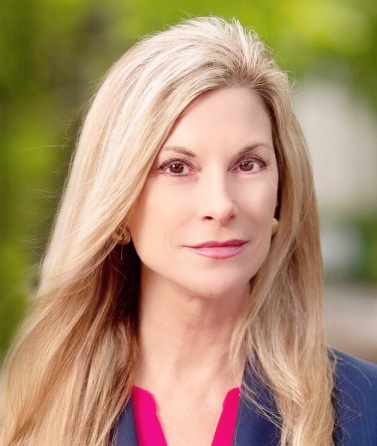
Wine is her passion. In little more than a decade, Liz Thach achieved a Master of Wine, was awarded a Fulbright to teach in Argentina about the business of wine, and began teaching at Sonoma State University, where she currently serves as Distinguished Professor of Wine. Liz was recently appointed as an Emeritus member of the PGWA Board of Directors, in recognition of her efforts to assist with the establishment of the Petaluma Gap AVA. In her spare time, she writes children’s books, is a professional wine judge, and makes Pinot Noir from her own hobby vineyard.
Where to begin? You’ve received so many awards and excelled in so many ways, we just have to ask: What motivates you and how have you managed to accomplish so much in such a short period of time in this industry?
Thank you for your kind comments. I think the simple answer is that wine is my passion, and therefore anything I can do to support the global wine industry via writing, education, research, and community outreach is part of my purpose in life.
You were awarded the title of Master of Wine in 2011; can you describe the process and tell us what it was like to be one of the first women to achieve this? Who was your mentor? Have you mentored other MW candidates, now that you’ve achieved this title?
The process was quite rigorous, taking 5 years altogether. We had to know about every major wine region in the world in terms of viticulture, winemaking, marketing, and social issues, such as taxation and regulations. The actual exam is 4 days in length and includes 13 essays on the above topics, and tasting 36 wines blind, with only about 5% from North America. After passing the exam, then you must spend another year conducting a research study on wine and submit a final research paper, before becoming an MW. Fortunately, I had many mentors, including Peter Marks, Elizabeth Gabay, Mark DeVere, Paul Dolan, Igor Ryjenkov, and the many winemakers and growers who met with me around the world to share their knowledge. Once you become an MW, then you are asked to mentor other candidates, and teach in some of the MW seminars. It has been a great joy for me to see many of my mentees and students become MWs over the past 9 years.
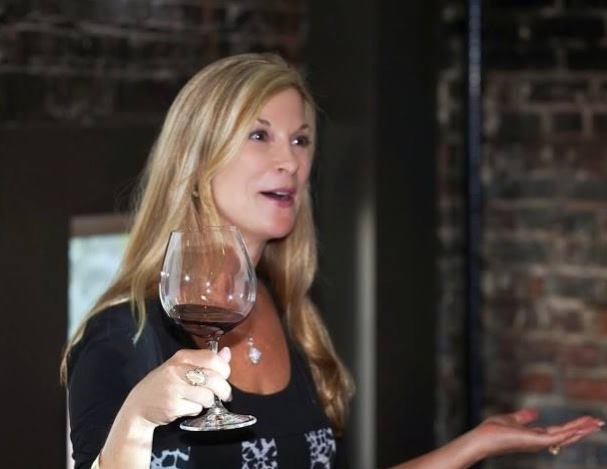
In 2014 you were awarded a Fulbright to go to Argentina and teach the business of wine. Where did you teach and what was the highpoint of that experience?
This was such a fun experience. I was asked to teach wine business classes at the University of Cuyo in Mendoza, as well as other classes for regional wine associations in Argentina. One of the highlights was traveling to Salta and visiting the Calchaquí Valley, with some of the highest vineyards in the world – over 10,000 feet in the Andes. Another highlight was tasting so many exquisite Argentinian wines paired with their excellent cuisine. I feel in love, not only with Malbec, but their Sparkling Torrontés and fried cheese.
You grew up in California and attended the College of Notre Dame de Namur on the peninsula for your undergraduate education. Why did you choose that college and what was your intention when pursuing a degree in English?
From the very beginning, I’ve always loved writing, so English was an easy choice for me at that time. My mother and grandmother both went to Notre Dame, so it was a college that I grew up hearing wonderful things about.
You’ve authored several books, including those written about wine marketing, but also works of fiction and a children’s book, Tarsi the Sandhill Crane. It’s classified as non-fiction; can you tell us how you came to write this book? Was it intended for your daughter?
My children’s book about Tarsi was written for my daughter, niece, and nephew. Though I was born in California, we moved when I was very young to follow my father’s career as an ornithologist in Idaho and New Mexico. That is how we ended up fostering sandhill cranes in Idaho in the summer, and following their migratory route to New Mexico in the winter. The true story is about raising Tarsi for 3 summers when my sisters and I were young, and all of the crazy adventures he led us through. He was such an amazingly smart bird and stood nearly 4 feet tall.
You are also a home winemaker and have a hobby vineyard on your property on Sonoma Mountain. What type of grapevines are planted there? Did you plant the vineyard or was it there when you moved to the property? Given the wildfires this summer, we are wondering, did you make wine this year?
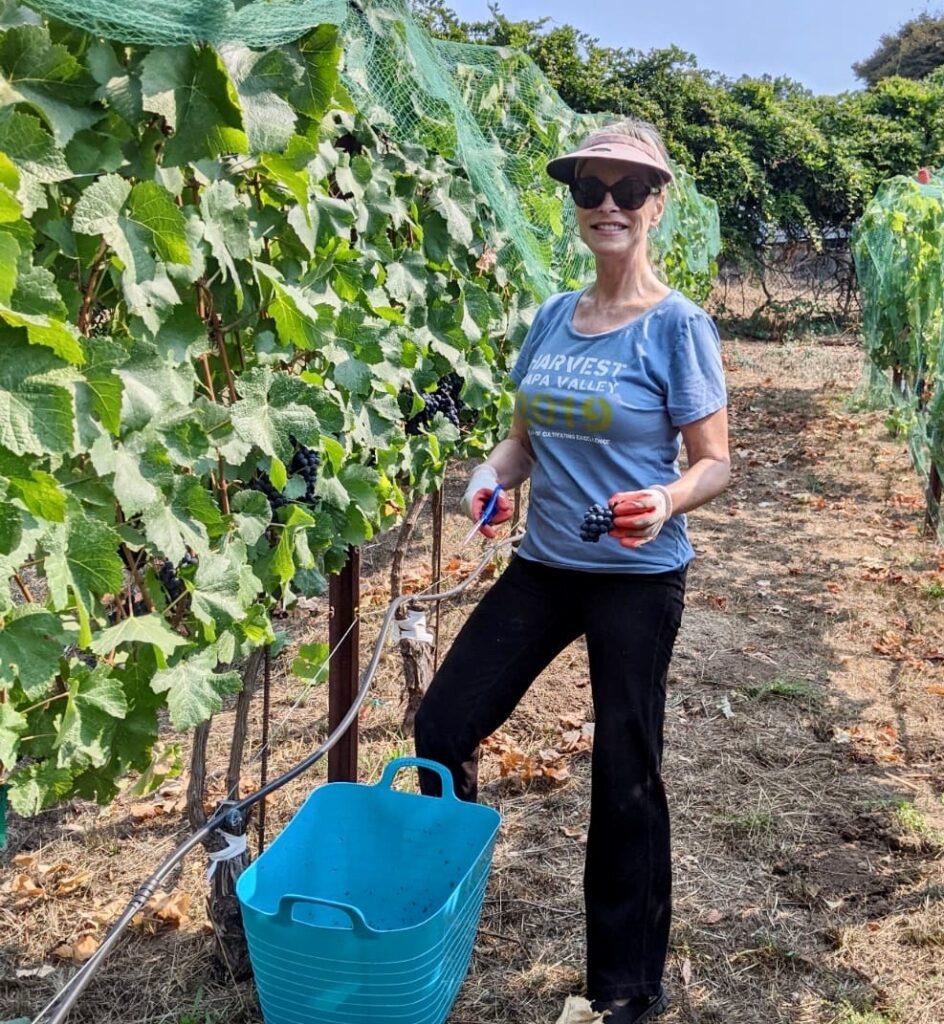
It was my dream to move to California wine country, teach at a university, and plant a small hobby vineyard. Therefore, we bought our 3.5-acre property on Sonoma Mountain in 2001 and planted the hobby vineyard of 120 vines in 2002. Rich Thomas from SRJC helped me, because I was taking his viticulture class at the time. It includes 3 clones of pinot noir – 777, 114, and Pommard. We picked early this year – at 22.5 brix – before the fires. So yes, we made wine – both red and rose pinot noir.
You started teaching at Sonoma State in 2000 and before that you worked as an HR executive in very large corporations. How did you make the transition into teaching?
I knew that eventually I wanted to move into university level teaching, even though I enjoyed my 10 years working in industry. I also feel my industry experience has made me a better professor. Another reason was financial – you make much more money in industry than in education. Like many people, my husband and I put ourselves through college, and we had college loans to pay back, so I went into industry and had a great time learning new concepts and traveling the world. I took a 60% pay cut to work at SSU, but it has been worthwhile, because there are so many other rewards, like seeing your students get great jobs and achieve their career dreams.
As a professor of wine at Sonoma State, you must have taught many future winemakers and wine marketers about the business of wine. Are there any students who stand out in your memory? What are you most proud of in your years of teaching?
Oh my gosh – where do I start! I have so many students that I am very proud of, and that have achieved so much. It is so exciting to see them do well, and I’ve kept in touch with many of them over the years. It is really the most rewarding part of my job – to see my students develop and grow.
You have a long history with the Petaluma Gap Winegrowers, serving on the board and helping to write the petition to the TTB (Alcohol and Tobacco Tax and Trade Bureau). Can you tell us what it was like in the “early days?”
It was very informal in the old days, but so much fun. We were a very close group, and enjoyed being together as much as we did working to make the Petaluma Gap a reality. We often had meetings in someone’s kitchen and all brought snacks and wine to share, as we worked through the agenda and made decisions on how to move forward.
One of your areas of expertise is food and wine pairing. Are you also a chef? What is your favorite pairing?
My husband is the chef and grill master. I select the wines and make salads. There are so many favorite pairings that it is impossible to select one, but I do enjoy trying new foods with unique varietals. For example, when on a wine-tasting tour of the Republic of Georgia, we tried a local wine made from the Kisi grape (great name!) and paired it with Georgian bread fresh from a clay oven and dripping with cheese and butter.
You’ve researched and written about Gen X, Y and Z as well as Millennials and Boomers and their wine-buying patterns. Which segment do you think has changed their wine-buying pattern the most during the pandemic?
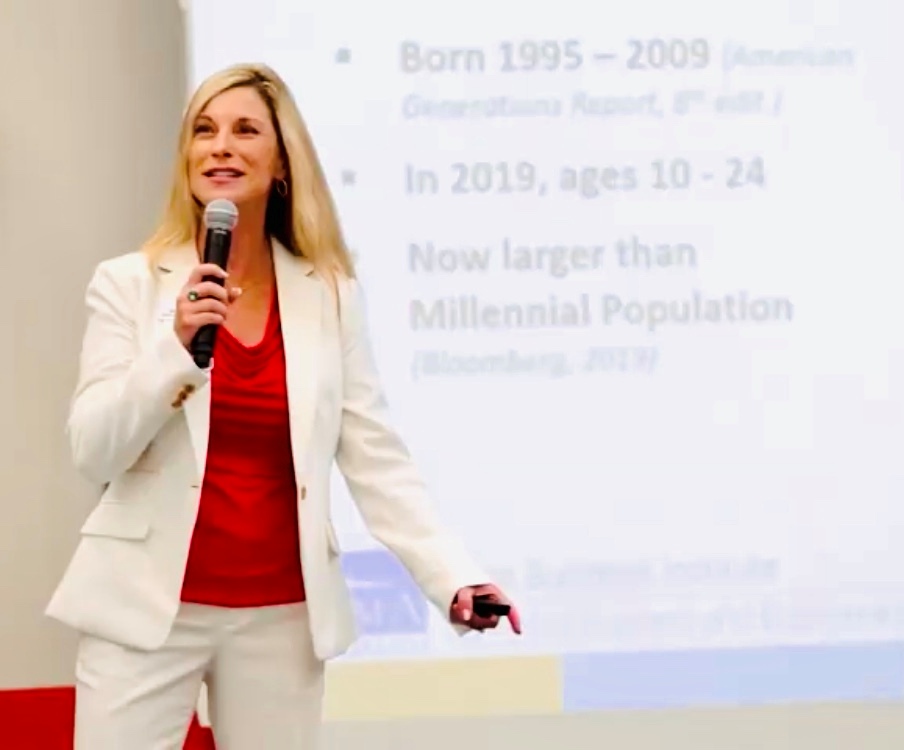
Surprisingly enough, I think it is the Boomers (ages 55 – 73). The Millennials (ages 25 – 42), especially those in their 30s with more income, had already been purchasing wine online. Gen Z is still rather young (ages 21 – 24) and doesn’t have enough income yet to purchase much wine online. But with COVID, Nielsen statistics show that Boomers began to buy wine online in much greater numbers than ever before. The good news about this, is it is believed that once someone has a positive experience purchasing online, then they will continue. One of the major silver linings of COVID is that more people are now buying wine online. Other wine-buying habits during COVID are that people tended to purchase wine brands they knew well, and some people started purchasing more expensive wines – most likely because they wanted to celebrate life in some small way, even though they had to stay at home.
On your FB page you suggested that the first winemakers in history were likely women. Can you tell us more about that? What type of wine would they have made?
Yes, one day I started getting irritated that all of the gods of wine were named after men, even though in many nations around the world, women buy more wine than men. I thought that there had to be some early records of female goddesses of wine, so I spend a whole month one summer researching this topic, and discovered that in 3000 BC, there was a Sumerian wine goddess name Gestin, mentioned in the ancient Indus manuscript, the Rig Veda. Other later female wine goddesses were Paget, Siduri, Renenutet and Ernutet. They were all earlier than the Greek god, Dionysus (500BC) and Roman wine god, Bacchus. They would have most likely made wines from vitis-vinifera grapes, because wine grapes were born in the Caucasus Mountains of Eastern Europe and then traveled to other places around the world with trade.
You have a daughter; what is her name and does she have any interest in wine?
Her name is Zia, and she likes Champagne, Prosecco and California sparkling wine.
